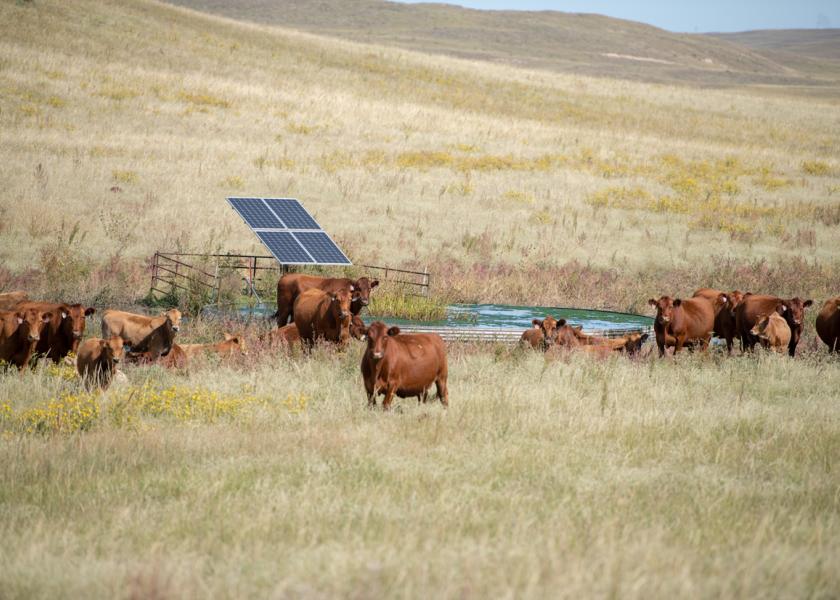What Will You Do with Profits?

Cow-calf producers are looking at the potential for significant profits for 2023 due to high calf prices. This income may give cow-calf producers the rare opportunity to invest capital back into the ranch.
The following are options, in no particular order, to consider when thinking about and planning for investments into the ranch or cow-calf enterprise.
+ Celebrate and reward the people who have made investments and sacrifices to make the ranch successful!
+ Recognize the blood, sweat, tears and stress that family and employees have given and show them appreciation.
+ Visit with your banker and tax accountant about your current financial position and how income and investments can be managed to address tax liability for the 2023 year.
+ Invest in others and yourself! Is there a class or an educational experience that would help people be more knowledgeable and effective in their roles and responsibilities? Take a trip and go see other operations who are doing something you are considering or would like to learn more about. Great leaders and managers are lifelong learners. The greatest educational gains usually are at the edge of your comfort zone.
+ Look at your management information system. Does your current recordkeeping and accounting system provide you with the information needed to make effective decisions? If it doesn’t, then an investment in the tools, training or hiring of help in this area could be extremely beneficial.
+ Hire an attorney to review and evaluate your current estate plan. If you have been putting off developing an estate plan, this may be the time to complete one.
+ Consider how livestock water and monitoring systems could be improved. Water is frequently the first limiting factor for grazing management systems. A dependable water supply is critical for good grazing management. Technology has made remote water monitoring systems effective and affordable. Consider how this technology may work for your operation.
+ Evaluate emergency power sources for wells and homes on the ranch. A backup generator that can be incorporated into the electrical grid for the ranch could be valuable to maintain ranch operations and deliver water to livestock when the power is out for an extended period.
+ Think about how additional permanent and temporary electric fence might be used to improve grazing management and increase forage utilization. Consider purchasing fencing supplies now when cash is available. Strategic use of electric fence tools and technology can provide a rapid payback on investment through improved forage management.
+ Look at investments that could have a multiyear benefit, especially for improved pastures and hay meadows. Consider spending money on soil fertility and pasture renovations such as adding legumes that can cost-effectively improve the quantity and quality of forage produced over the long term.
+ Evaluate your ability to buy inputs in bulk. Frequently there are cost advantages to being able to buy truckloads of products or buy inputs seasonally when prices historically are lower. Would an investment in this area provide flexibility in purchasing inputs and reduce the cost of production?
+ If you don't have a scale as part of your operation, consider adding one. Being able to accurately know the weights of cattle has management and marketing benefits.
+ Evaluate working and load out facilities. Could changes provide a safer environment and better working experience for cattle and the people who are handling them?
+ Invite a team of people to evaluate and give you feedback on your business. Find people who will challenge you and who think differently than you. The implementation of just one or two ideas could have a tremendous impact on long-term business success.
+ Be careful of seeking to avoid paying taxes by purchasing equipment. Overhead costs associated with depreciation, interest, repairs, taxes, and insurance that come with owning equipment are costs that should be minimized to the cowherd for long-term profitability. Consider investments that will help to reduce overhead expenses. If it isn't a good business investment, it isn't a good tax management strategy either.
This year will likely be profitable for many cow-calf producers. Thinking ahead and coming up with a plan for profits can increase the long-term impact on the bottom line.







